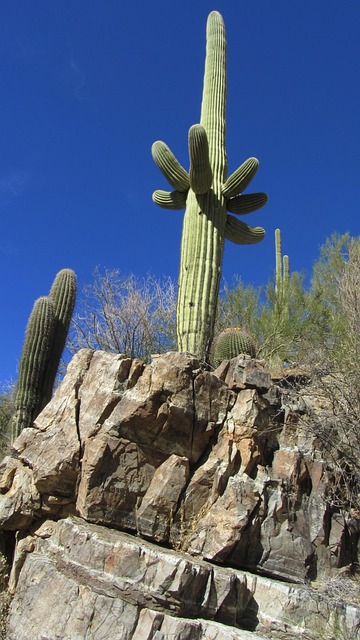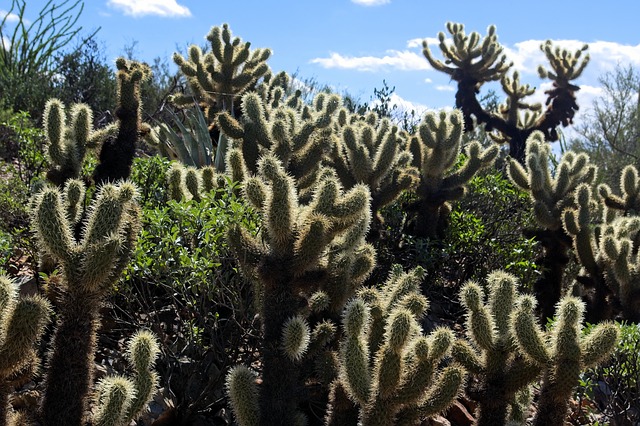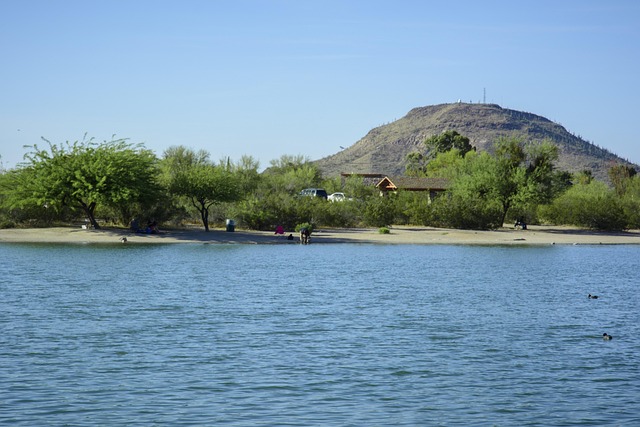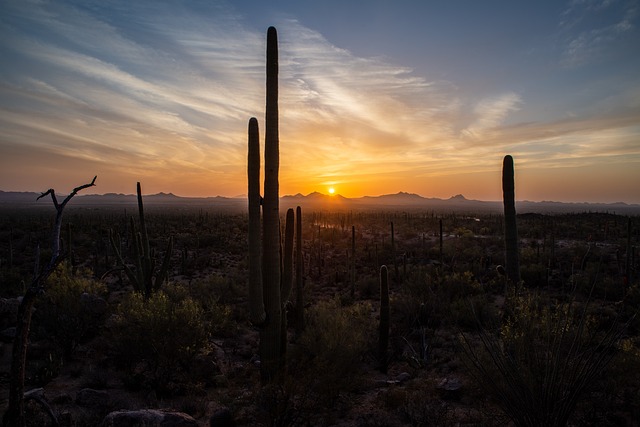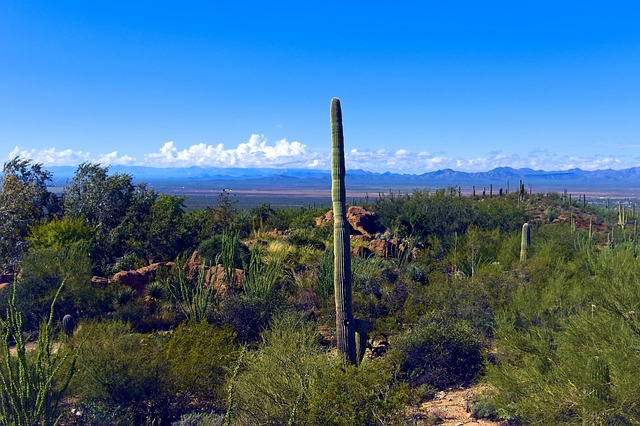In today's diverse real estate sector, embracing Hispanic and Native American cultural heritage is crucial for neighborhood development. By integrating these cultures through inclusive marketing, sensitive design, and historic preservation support, real estate professionals can create harmonious communities where every resident feels welcomed and valued. This approach not only benefits local economies but also preserves cultural legacies while driving property value increases and attracting buyers who appreciate authenticity.
“Discover how rich Hispanic and Native heritage shapes the vibrant landscape of modern real estate. This article explores the diverse cultural tapestry woven within communities across the nation, celebrating their unique contributions. We delve into the strategies for preserving this cultural diversity in the property market, addressing barriers faced by Hispanic and Native communities. Furthermore, we analyze the profound impact of heritage on neighborhood dynamics and property values, showcasing the power of cultural awareness in shaping inclusive and thriving real estate environments.”
Celebrating and Preserving Cultural Diversity in Real Estate

In the vibrant landscape of real estate, celebrating and preserving cultural diversity is more than just a trend; it’s a necessity that enriches communities across the nation. Hispanic and Native American heritage offer a unique tapestry of traditions, architecture, and lifestyles that can enhance the fabric of any neighborhood. By integrating these diverse influences into real estate practices, we not only acknowledge but also honor the history and contributions of these communities.
Real estate agents, developers, and investors play a pivotal role in this process by promoting inclusive marketing, designing spaces that cater to cultural needs, and supporting initiatives that preserve historic sites. Embracing cultural diversity in real estate fosters an environment where every individual feels welcomed, represented, and valued. This not only strengthens local economies but also creates more inclusive and harmonious neighborhoods for all residents.
Overcoming Barriers: Navigating the Unique Needs of Hispanic and Native Communities

In navigating the dynamic landscape of real estate, understanding and addressing the unique needs of Hispanic and Native American communities is paramount. Barriers such as cultural misunderstandings, language gaps, and financial disparities can significantly impact homeownership and access to quality housing. Overcoming these challenges requires a nuanced approach that respects and incorporates the rich heritage and diverse traditions of these communities.
Real estate professionals play a crucial role in fostering inclusivity by educating themselves about the specific concerns and aspirations of Hispanic and Native residents. Customized strategies, tailored marketing, and sensitive communication can help bridge the gap. By actively listening to and involving community leaders, developers, and potential homebuyers, the real estate sector can create more equitable opportunities, ensuring that everyone has a chance to thrive in their desired neighborhoods, preserving cultural legacies along the way.
The Impact of Heritage on Property Values and Neighborhood Dynamics

The rich tapestry of Hispanic and Native American heritage across various neighborhoods significantly influences local real estate dynamics. Communities with strong cultural identities often see an increase in property values due to the appeal of living in areas that embrace diverse traditions. This cultural richness attracts buyers who value authenticity, creating a positive feedback loop where improved infrastructure and amenities follow, further enhancing neighborhood appeal.
Neighborhoods boasting vibrant Hispanic or Native American heritage also foster unique social dynamics. These communities often host cultural events, festivals, and markets that draw visitors from outside the area, boosting local economies. Such gatherings strengthen community bonds and contribute to a sense of belonging, making these areas highly desirable for families and individuals seeking not just a place to live but a vibrant cultural home.

